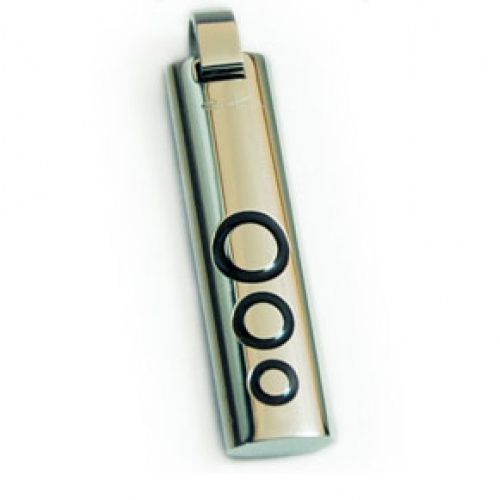This article discusses the topic of 5G radiation, which is a non-ionizing type of electromagnetic radiation. Because 5G radiation is small, it doesn't have the ability to break chemical bonds in biological tissues or trigger any modifications to cells. It isn't known whether the effects of 5G radiation alter the risk of skin cancer, and there is no evidence that exists to suggest that it can cause any other diseases.
High-frequency millimeter wave radiation
High-frequency millimeter wave radiation emitted by mobile phones and wireless networks can cause adverse health effects for humans. There are many ways that this radiation can cause harm. In Browse around this site may cause damage to the person's DNA. In other cases it could cause damage to other areas within the body such as the brain.

Recent studies have shown that 5G technology can result in the heating of tissues. In https://emfhealtheffect.com/the-consequence-of-electromagnetic-radiation/ , the International Council on Non-Ionizing Radiation Protection (ICNIRP) has called to review the current thermal and biological safety standards. The current standards for exposure do not protect people from excessive heating in the event of exposure to pulsed millimeter wave radiation.
Skin cancer risk
There isn't a definitive answer yet to the issue of whether radiation from 5G causes skin cancer. It is thought that 5G RF EMFs behave similar to high-LET ionizing radio waves. In turn, they can cause high levels of free radicals within the skin. The FCC has not yet issued any specific guidelines regarding the dangers of 5G technology. The debate is ongoing.
While there are plenty of studies that examine the effects of radio waves with higher frequencies on human health, they have remained largely limited in the scope. However, there is concern over the effects of millimeter-wavelength exposure on oxidative stress and gene expression. These effects could be extended to the skin as well as other organs, such as the brain.
Influence on other diseases
A new generation of wireless technology called 5G is rapidly gaining ground, but scientists are concerned about the potential health risks. The technology will significantly increase the amount of electromagnetic radiation in our surroundings. This is a problem that has caused debate in several countries, including Switzerland. In September 2017 390 scientists and doctors supported a motion for the suspension of 5G technology. This call was ignored by the European Commission, which is in charge of regulating the use of technology like 5G.
Therefore there is a need for more research to determine the health impacts of 5G. In the meantime studies have proven that 5G doesn't cause the same negative effects in humans as radiation from older mobile networks. Also, it doesn't spread a new type of coronavirus. Additionally it does not make people more susceptible to infections caused by viruses.
Exposure measurement
The measurement of exposure to radiation from 5G is a crucial aspect of making sure that 5G networks are safe. There are two methods to gauge exposure. One is to measure the RF power that is absorbed by human tissues. The other involves measuring the quantity of radiofrequency energy released from an object. Radiofrequency energy (RF) is an energy field that originates from radio transmitters.
Within the United States, the FCC has set a limit on the energy density of 5G mobile devices. These tests can only determine power density at the distance of only a few inches. it is the FCC does not have to measure each beam. However, it is possible to determine the energy density for each beam can be determined through computer simulation. The most likely scenario is selected based on the design of each beam.
Limitations of the study
There's been a lot of discussion over whether 5G radiation will affect human health. For instance, the Swiss authorities, for example has issued an analysis that concludes 5G technology does not cause negative health consequences in the short term however, there aren't any studies that have demonstrated long-term negative effects. However, this report contains a number of problems, including biased reports.

The strength and frequency of the radio waves that transmit energy will depend on the frequency. 5g radiation poison symptoms that is carried by a millimetre wave will be identical to the frequency of radio waves currently, but they are much smaller in size and better suited for high-density environments, since they will not be easily block by walls or glass. Urban areas with high density would require a high number of small, low-power sites, and suburban areas will be better served by 5G networks that operate at lower frequencies.
